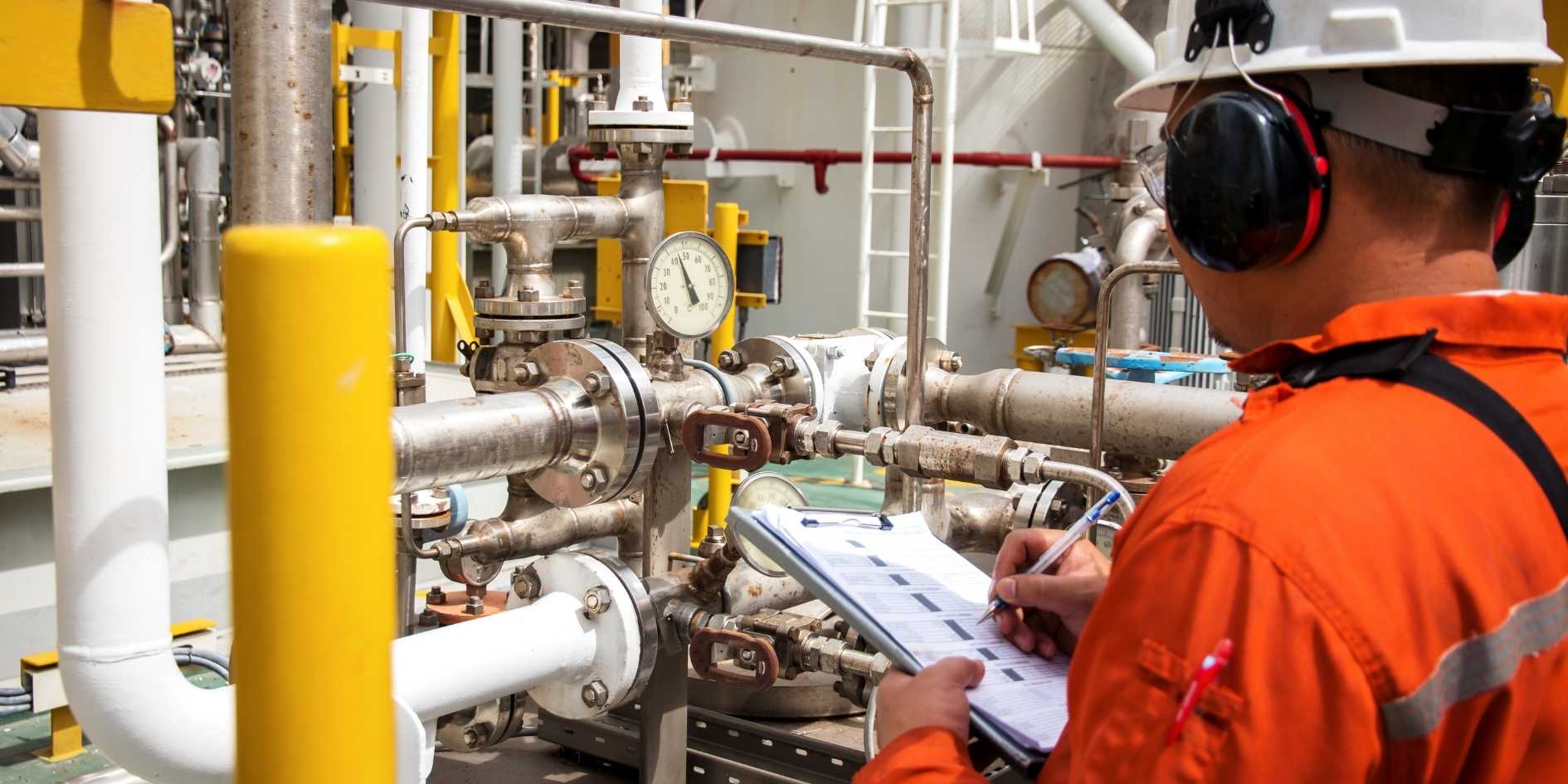The Ultimate Guide To Roar Solutions
Wiki Article
Roar Solutions Can Be Fun For Everyone
Table of ContentsThe 5-Second Trick For Roar SolutionsThe Best Guide To Roar SolutionsSome Of Roar Solutions
In such an environment a fire or surge is feasible when three standard conditions are satisfied. This is often described as the "dangerous location" or "burning" triangle. In order to safeguard installations from a prospective surge an approach of evaluating and classifying a potentially unsafe location is required. The objective of this is to make sure the appropriate option and installation of devices to ultimately protect against an explosion and to make certain safety of life.
(https://www.storeboard.com/roarsolutions)
No tools ought to be set up where the surface temperature of the tools is higher than the ignition temperature level of the offered danger. Below are some common dust unsafe and their minimum ignition temperature. Coal Dirt 380C 225C Polythene 420C (melts) Methyl Cellulose 420C 320C Starch 460C 435C Flour 490C 340C Sugar 490C 460C Grain Dust 510C 300C Phenolic Material 530C > 450C Aluminium 590C > 450C PVC 700C > 450C Residue 810C 570C The probability of the hazard being existing in a focus high adequate to cause an ignition will vary from place to area.
In order to classify this risk a setup is separated right into locations of risk depending upon the amount of time the unsafe is present. These areas are referred to as Zones. For gases and vapours and dusts and fibres there are three areas. Zone 0 Zone 20 An unsafe ambience is very likely to be present and might exist for lengthy durations of time (> 1000 hours each year) or perhaps continuously Area 1 Area 21 A harmful ambience is feasible yet not likely to be present for lengthy periods of time (> 10 450 C [842 F] A category of T6 suggests the minimal ignition temperature level is > 85 C [185 F] Unsafe area electric tools maybe made for usage in greater ambient temperatures. This would indicated on the rating plate e.g. EExe II C T3 Ta + 60C( This implies at 60C ambient T3 will not be exceeded) T1 T1, T2, T3, T4, T5, T6 T2 T2, T3, T4, T5, T6 T3 T3, T4, T5, T6 T4 T4, T5, T6 T5 T5, T6 T6 T6 A T Course ranking of T1 means the maximum surface temperature produced by the instrument at 40 C is 450 C. Assuming the linked T Course and Temperature rating for the equipment are appropriate for the location, you can constantly utilize an instrument with a more stringent Department score than required for the area. There isn't a clear solution to this question however. It truly does depend on the sort of devices and what fixings require to be performed. Devices with specific test treatments that can not be carried out in the field in order to achieve/maintain 3rd party rating. Need to come back to the factory if it is prior to the devices's solution. Field Fixing By Authorised Personnel: Difficult testing might not be needed however particular treatments may require to be complied with in order for the equipment to keep its 3rd party score. Authorized employees should be employed to do the work correctly Repair work need to be a like for like substitute. New component should be taken into consideration as a direct replacement needing no special testing of the equipment after the fixing is complete. Each item of tools with a harmful score ought to be evaluated separately. These are detailed at a high degree listed below, however, for even more in-depth information, please refer straight to the guidelines.
The Roar Solutions PDFs
The tools register is a thorough database of tools records that consists of a minimum set of areas to identify each item's place, technical parameters, Ex classification, age, and ecological information. The ratio of Thorough to Close evaluations will be determined by the Devices Risk, which is analyzed based on ignition threat (the chance of a resource of ignition versus the chance of a combustible ambience )and the harmful location classification( Zone 0, 1, or 2). Implementing a durable Risk-Based Examination( RBI )approach is crucial for ensuring conformity and security in handling Electrical Tools in Hazardous Locations( EEHA).
this post
Roar Solutions Can Be Fun For Anyone

In terms of eruptive danger, a hazardous area is an environment in which an eruptive environment is present (or may be expected to be existing) in amounts that need special precautions for the construction, installation and use of devices. electrical refresher course. In this post we check out the challenges faced in the work environment, the threat control procedures, and the needed expertises to function safely
These substances can, in specific problems, form explosive environments and these can have major and tragic consequences. Most of us are familiar with the fire triangular remove any type of one of the three aspects and the fire can not occur, yet what does this mean in the context of unsafe areas?
In many instances, we can do little concerning the levels of oxygen airborne, but we can have substantial impact on resources of ignition, for instance electrical equipment. Dangerous locations are documented on the dangerous area classification illustration and are determined on-site by the triangular "EX-SPOUSE" indicator. Here, amongst other crucial details, areas are divided right into 3 types depending on the risk, the likelihood and duration that an explosive atmosphere will exist; Zone 0 or 20 is considered one of the most hazardous and Zone 2 or 22 is considered the least.
Report this wiki page